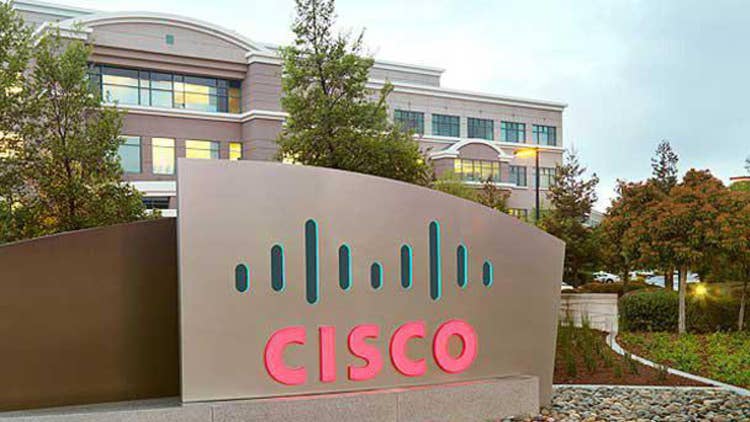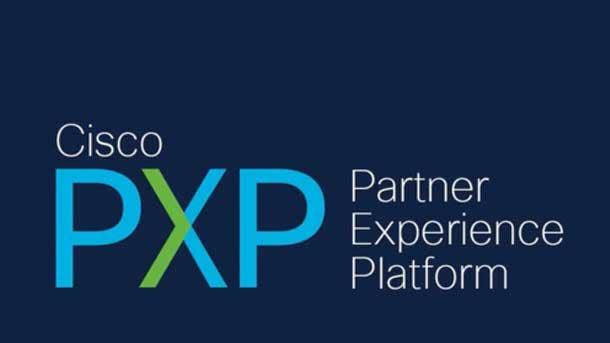Cisco’s Oliver Tuszik: ‘What A Surprise. Partners Are Driving Recurring Subscriptions’
“Cisco already shifted into software and the partners share in this space? It grew. We are now at a higher partner share than before … That proves what we’re always saying: in this future, the partners are becoming even more important,” Cisco Channel Chief Oliver Tuszik tells CRN.

Partners Leading The Software Charge
Cisco has been on a mission to pivot from a networking hardware leader to a software giant, driven by services, subscriptions, and flexible consumption models. The company is doing just that – subscriptions are on track to make up half of Cisco’s revenue by its 2025 fiscal year and 31 percent of Cisco’s revenues are coming from software, according to the company.
But Oliver Tuszik, senior vice president of Cisco’s Global Partner Organization, said that the company would have never been successful with its transition had it not been for its loyal base of partners, who are bringing in nearly 90 percent of the company’s overall bookings. And he’s not the only executive that feels that way. Gerri Elliott, Cisco’s executive vice president, chief customer and partner officer called partners “Cisco’s not-so-secret weapons” last week during Cisco’s 2021 Investor Day. In fact, the company’s large channel ecosystem has increased Cisco’s reach and impact across the world fivefold, Elliott said.
Tuszik caught up with CRN following Investor Day last week — the company’s first one in four years — to talk about how partners are driving Cisco’s financial goals through subscriptions and everything as a service, and how they are helping the company on its transformation journey.
Here’s what Tuszik has to say.

How is Cisco making it easier for partners to drive consumption-based IT?
Partners are building consumption models. Normally, consumption models are a bundle, and not only like the [offerings] in the past for things like compute or storage. But it’s not like turning on and off the water. Right now, for most companies, they are looking for flexibility in their consumption. They want to be able to say: ‘This quarter, we will have 300 home offices we support with wireless security, collaboration and other services.’ And then the quarter afterwards, they might need to have a reduction. So, we need to build the capabilities, together with our partners, to make it easy to create an offer that we then can measure for consumption.
We’re working on a platform that allows partners to consume our offerings [and] then sell it to the end customer. We’ve been doing things like this with the service providers in the past. And we’re doubling down. Cisco Plus is the overall product, but sometimes people mix it up — Cisco Plus is more than a product — it’s an underlying approach. It’s a strategy. It’s a model, and we are developing more and more offerings that can be ordered from the partner in a consumption mode, which means they pay, and [it can] be done with security and collaboration to give them the flexible models that our customers are looking for.

How is Cisco’s revamp of its enterprise agreements going to impact partners?
Long story short, we have amazing offers with amazing [enterprise agreements] EAs, but it was too complex for customers and partners to combine them. That’s because at this time, we’re talking about solutions. So, you want to have a collaboration solution together with security. You want to have a combination of different offers and you want it in one contract, for one year, with the same [terms and conditions] and with that same logic behind it. So, we’re moving to a way to make it easier for our customers to buy and we’ll make it easier for partners to sell. That starts of course with the offering itself, the pricing, but also how the provisioning and everything will work.

How is Cisco tapping into addressable markets with the help of partners?
With cross architectural bundles, we’re [not] saying, ‘Here are the products from the enterprise networking team’ and ‘Here are the products from the collaboration team,’ we’re thinking like a customer in the way we develop our products, we are looking at solutions and demand, and this is how we structure the company. For the partner, that means they will see us be more focused on delivering the solutions that they are looking for and we will continue to help them manage the complexity.
Over the last few years, the portfolio has gotten bigger and bigger and there’s different buying centers, so the complexity is growing — it’s become a multi-dimensional thing. But partner still needs to manage the whole. So, we need to be there to reduce that complexity. Our number one task to drive profitable growth is helping them manage complexity. And this starts with data inside easy-to-handle platforms. But it goes is [about] how we adapted our programs, or we adapted our solutions so that we allow [partners] to buy bundles from us. It’s funny, whenever I’m saying this, everybody assumes we will go more direct and will lose partners. But Cisco already shifted into software and the partners share in this space? It grew. We are now at a higher partner share than before and interestingly enough, when you compare who’s mainly driving recurring subscriptions, what a surprise? It’s the partners at Cisco. That proves what we’re always saying: in this future, the partners are becoming even more important.

In addition to emerging markets, where is the big opportunity area for partners with existing customer bases?
I believe it’s the old perform and transform story. There is a market opportunity right now because most of our customers are still catching up. Within the pandemic, we’ve seen a huge demand for upleveling infrastructure. No matter what kind of application focus you have, on what cloud, the network infrastructure in between is key. And it needs to be upleveled to support the people in the home offices and to solve for where the application is running. So, there is a huge demand in the market right now, which, of course, is also part of the supply chain challenge, because the demand was growing much faster than most people assumed. There’s an opportunity right now to supply the best infrastructure because [customers] are in a digital transformation. [Also,] there is a demand to adapt to the change in buying behaviors. It’s technology driven, because more and more is available as SaaS and software, but it’s also the learning that these customers want to have more flexibility for agility and they want to be in a situation where they can easily drive the complexity back to us and the partners.
We’ve seen the demand for as a service offerings. You can call it bundled solutions, and it’s increasing as CIOs and IT departments up leveling their focus. They realize we are here to drive an incredible value for our customers’ teams and they’re not just there to stitch together and run different pieces of their own infrastructure.